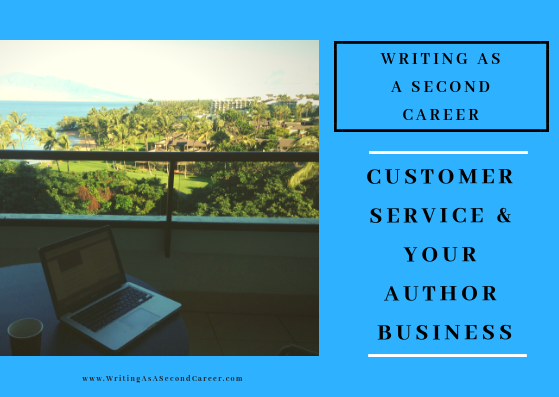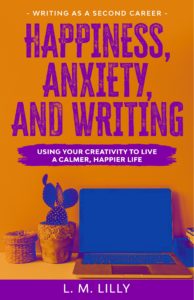This year I’ve been experimenting with Amazon Ads for my books, both fiction and non-fiction. I’ve been trying to be as thoughtful and careful as I can.
Yet I still made a big mistake.
One I’m embarrassed to write about. But I will because maybe it’ll prevent another author from doing the same.
Sales And Percentages For Amazon Ads
The Amazon Ads dashboard (for the U.S., where I’m based) shows your ad spend and your total sales. You can look at it for different periods of time, including the current day, week, month, or year-to-date.
It also calculates for you a percentage of what your ad costs compared to your sales. So if your total sales were $100 and you spent $30, your average cost of ad per sale was 30%.

The thing to remember is that this figure is a percentage of sales, not royalties. If most of your books are priced so that you earn 70% in royalties, a 30% cost of sales is pretty good.
I knew all of this.
Yet because I failed to take into account the difference between my ebook and paperback royalties, I didn’t realize for weeks that I was running ads at a loss.
Selling And Losing
The first novels in my two series earn a 30% royalty and the rest earn 70%. My non-fiction ebooks are mostly at a 70% royalty. So I thought any total percentage below 50% would mean I was earning more than I was spending.
And that worked pretty well for January. As I wrote about in Advertising Books in 2019, I figured if I expanded my ads and gradually spent more I could raise my total sales and come out ahead.
I knew I’d likely lose some money as I tried different ads. That’s why I checked every day to see how the ads were doing and what they were costing.
What I didn’t factor in was that my paperback ads would trigger the most sales.
Because I initially published paperbacks mainly so readers would see the higher price, highlighting what a good deal the ebooks were, I hadn’t been looking at the profit margin.
Which I found out the hard way when my writing workbooks started selling well.
Know Your Paperback Royalty
On a paperback, what you earn depends on a formula based in large part on the length of your book.
So it’s not a flat percentage. One $6.99 paperback might earn me $2 and another only $0.50. I don’t have any priced in a way that gets me a 70% royalty. If I did that, the prices would be far higher than those of similar books.
I didn’t think about any of that when I expanded my Amazon Ads to my workbook editions and started to see my sales climb.
It wasn’t until I neared the end of the month and compared royalties to sales that it hit me that on most paperbacks I earned less than a 20% royalty. As my cost of ad per sale was often around 45%, that was bad.
The more paperbacks I sold, the more money I lost.
Adjusting Up And Down
It turned out not only were the royalties low if I planned to keep advertising, publishers of similar books priced them higher than mine on Amazon. Once I saw that, I adjusted the paperback prices up by $1 each ($2 for the longest book).
Even at the new prices, though, my royalty is around 28%. So I also lowered my bid for each click.
It’s been a bit hard watching slower sales. I really enjoyed seeing those spikes on the sales graph! But not enough to lose money on ads.
Since then I’ve watched the total royalties for each month (which you can find on your KDP Reports page) and it’s staying above the cost of the ads. Which means it’s time once again to try to increase ad spend.
I hope I won’t make any more mistakes like that, but it is all part of learning.
That’s all for this week.
I’m taking the next few weeks off (my longest vacation ever and the first one in quite a while). But I’ll be back at the end of the month. Until Friday May 31–
L.M. Lilly














